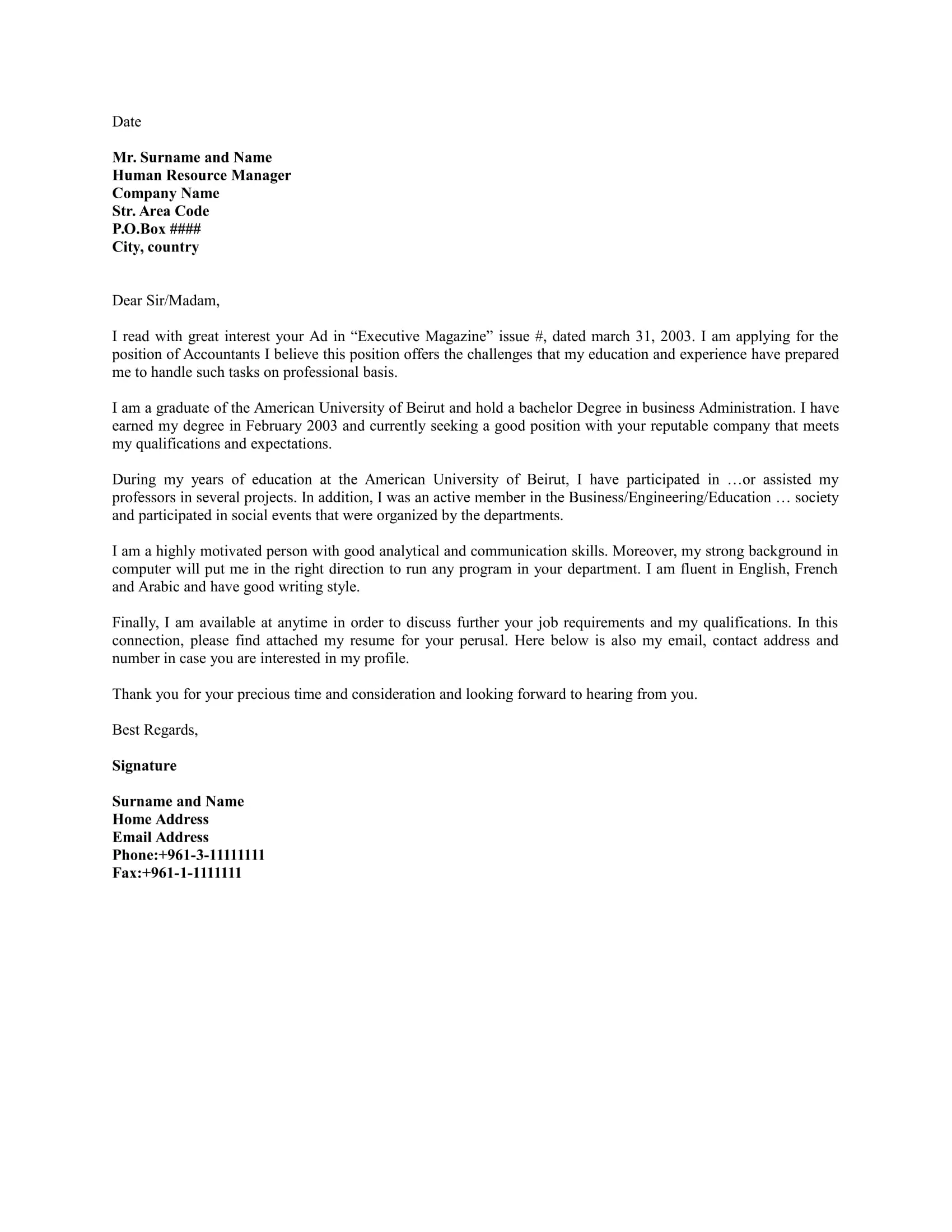What is a Cover Letter?
A cover letter is a crucial document that accompanies your resume when you apply for a job. Think of it as your personal introduction to a potential employer, a chance to showcase your unique skills, experience, and enthusiasm for the specific role. Unlike a resume, which provides a factual overview of your qualifications, a cover letter allows you to elaborate on your accomplishments and explain why you are a perfect fit for the position and the company. It provides context to your application and helps you stand out from the competition. A well-crafted cover letter can significantly increase your chances of landing an interview. It’s an opportunity to make a strong first impression and demonstrate your communication skills.
Why is a Cover Letter Important?
In today’s competitive job market, a cover letter serves as a vital tool for making a lasting impression. It’s your first chance to connect with a hiring manager and illustrate why you’re the best candidate. A cover letter allows you to personalize your application, showing that you’ve taken the time to understand the company and the specific job requirements. It allows you to bridge any gaps in your resume, elaborate on key achievements, and express your genuine interest in the role. This document is the perfect place to showcase your personality, writing style, and passion for the field. By clearly articulating your career goals and how they align with the company’s objectives, you can create a compelling case for your candidacy. The cover letter demonstrates your ability to communicate effectively, a skill that is valued across various industries.
Key Elements of a Cover Letter
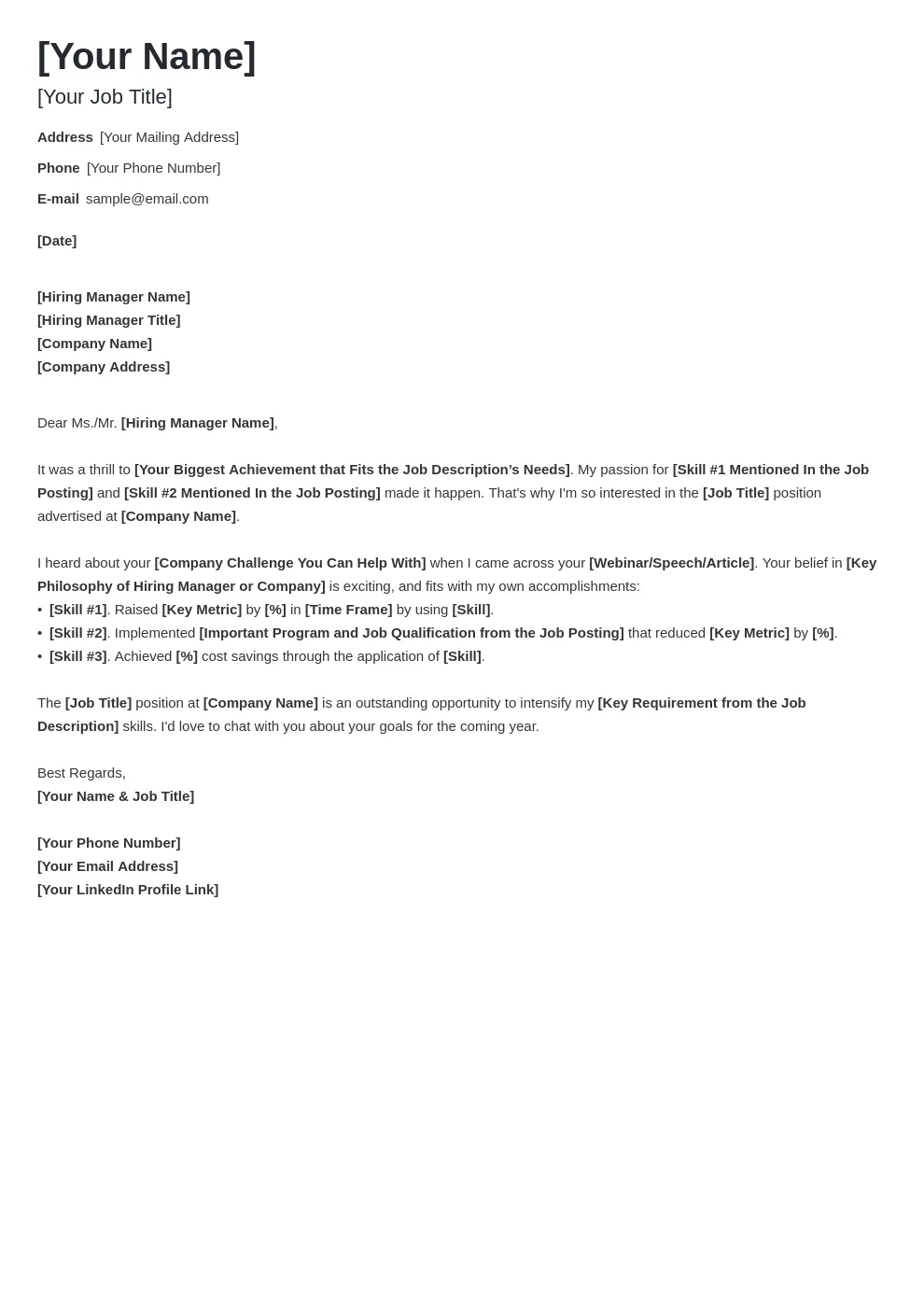
A successful cover letter should include several key elements to effectively present your qualifications and capture the reader’s attention. First, you need a professional heading that includes your contact information, the date, and the employer’s contact information. Following this, a compelling opening paragraph is crucial, immediately capturing the reader’s interest by stating the specific position you are applying for and expressing your enthusiasm. The body of the letter should highlight relevant skills and experiences, providing concrete examples of your achievements. This section needs to be tailored to match the job description, showcasing how your abilities align with the employer’s needs. A strong closing paragraph should reiterate your interest, express your willingness to follow up, and thank the reader for their time and consideration. Always proofread meticulously to ensure clarity and professionalism.
Heading and Contact Information
The heading of your cover letter should be clear and professional, serving as the first piece of information the employer will see. Start with your full name, followed by your address, phone number, and email address. This section should be aligned to the left or center, ensuring readability. Include the date beneath your contact information. Then, below the date, add the hiring manager’s name (if known), their title, and the company’s address. If you are unable to find a specific name, you can use a generic greeting like “Dear Hiring Manager.” The proper formatting of this section will show your attention to detail, setting a positive tone for the rest of the letter. Remember, accuracy in contact information is essential, as it ensures that the employer can easily reach you for an interview.
The Opening Paragraph
The opening paragraph of your cover letter is crucial for immediately grabbing the reader’s attention. It should clearly state the position you are applying for and where you found the job posting. Briefly mention your key qualifications and express your strong interest in the role and the company. Avoid generic introductions; instead, tailor your opening to demonstrate your understanding of the company’s needs and values. A compelling opening can highlight what makes you unique, such as a particular skill or experience that aligns with the job requirements. It sets the tone for the rest of your letter, making it clear why you are the perfect candidate. The goal is to create a hook that captures the reader’s interest and encourages them to continue reading.
Highlighting Your Skills and Experience
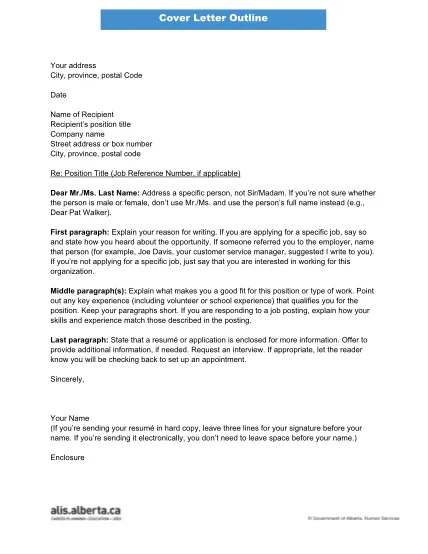
The body of your cover letter is the space to showcase your skills and experience, but it needs to be done in a strategic manner. Focus on the qualifications mentioned in the job description, highlighting how your skills and experience align with the employer’s needs. Provide specific examples of your achievements, using the STAR method (Situation, Task, Action, Result) to demonstrate how you have successfully performed in previous roles. Quantify your achievements whenever possible, using numbers and data to illustrate your impact. Tailor this section to each job application; avoid using a generic template. The content should provide context and demonstrate how your abilities directly contribute to the success of the company. This section should be compelling and easy to follow, clearly showcasing why you are the best fit for the role.
Tailoring the Letter
One of the most effective strategies in creating a great cover letter is tailoring it to each job you apply for. Generic cover letters are easy to spot and often get discarded. Take the time to research the company, understand their mission, values, and the specific requirements of the job. Customize your letter to address these points, demonstrating that you have taken the time to understand their needs. Mention specific projects, experiences, or skills that are relevant to the job, and explain how your background aligns with the company’s goals. Use the same keywords as found in the job description, but make sure you use them naturally. Tailoring the letter shows the hiring manager that you are genuinely interested in the specific opportunity and that you have the qualities required to succeed in the position. Always proofread to ensure it fits the tone of the company.
Show, Don’t Tell
When writing your cover letter, the principle of “show, don’t tell” is crucial for creating a compelling narrative. Instead of simply stating that you possess certain skills, provide specific examples of your achievements to demonstrate those skills in action. For instance, if you claim to be a strong communicator, provide an instance where you effectively communicated a complex project to a team, leading to a positive outcome. If you claim to be detail-oriented, describe a time when your attention to detail prevented an error. This approach allows the hiring manager to see your capabilities firsthand, making your claims more credible and memorable. The key is to paint a vivid picture of your successes, helping the employer understand the value you would bring to their organization. This approach is significantly more effective than making generic statements about your abilities.
Quantify Your Achievements
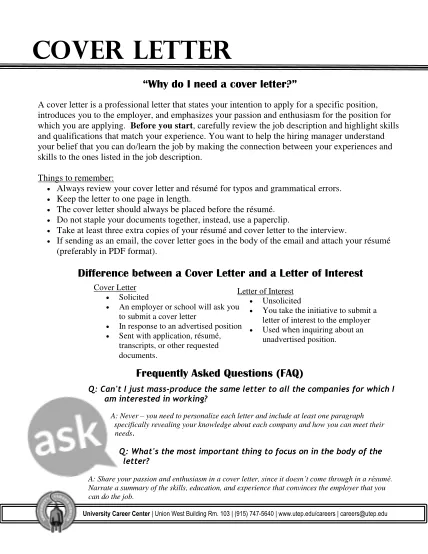
To make your cover letter even more persuasive, quantify your achievements. Use numbers, percentages, and data to illustrate the impact of your work. For example, instead of saying you increased sales, state that you increased sales by 15% in one quarter. Instead of saying you improved efficiency, mention that you reduced processing time by 20%. Quantifying your accomplishments provides concrete evidence of your capabilities, showcasing your value to a potential employer. It adds credibility to your claims and gives the hiring manager a clear understanding of what you can achieve. Make sure the data you provide is accurate and relevant to the job. This approach not only highlights your successes but also makes your cover letter more impactful and memorable.
Closing the Cover Letter
The closing paragraph of your cover letter should be concise and impactful. Reiterate your interest in the position and express your enthusiasm for the opportunity. Thank the hiring manager for their time and consideration, and state your willingness to follow up. Include a call to action, such as stating you look forward to hearing from them soon, or that you are available for an interview at their earliest convenience. Proofread the entire letter to ensure that it ends on a professional and positive note. The closing paragraph should be professional and reflect your confidence and eagerness to advance your application. A strong closing can leave a lasting impression and improve your chances of getting an interview.
Proofreading and Editing
Proofreading and editing are crucial steps in the cover letter writing process. Before submitting your cover letter, carefully read through it to check for any grammatical errors, spelling mistakes, or typos. Errors can undermine your professionalism and give the impression that you lack attention to detail. Consider having a friend or family member review your letter for a fresh perspective; a second set of eyes can catch errors you might have missed. Ensure that the tone and style of the letter are appropriate for the job and the company. Make sure the formatting is consistent throughout, and that the content flows logically. Thorough proofreading is an important step, demonstrating your dedication to quality and ensuring that your application makes a positive impression.
Common Mistakes to Avoid
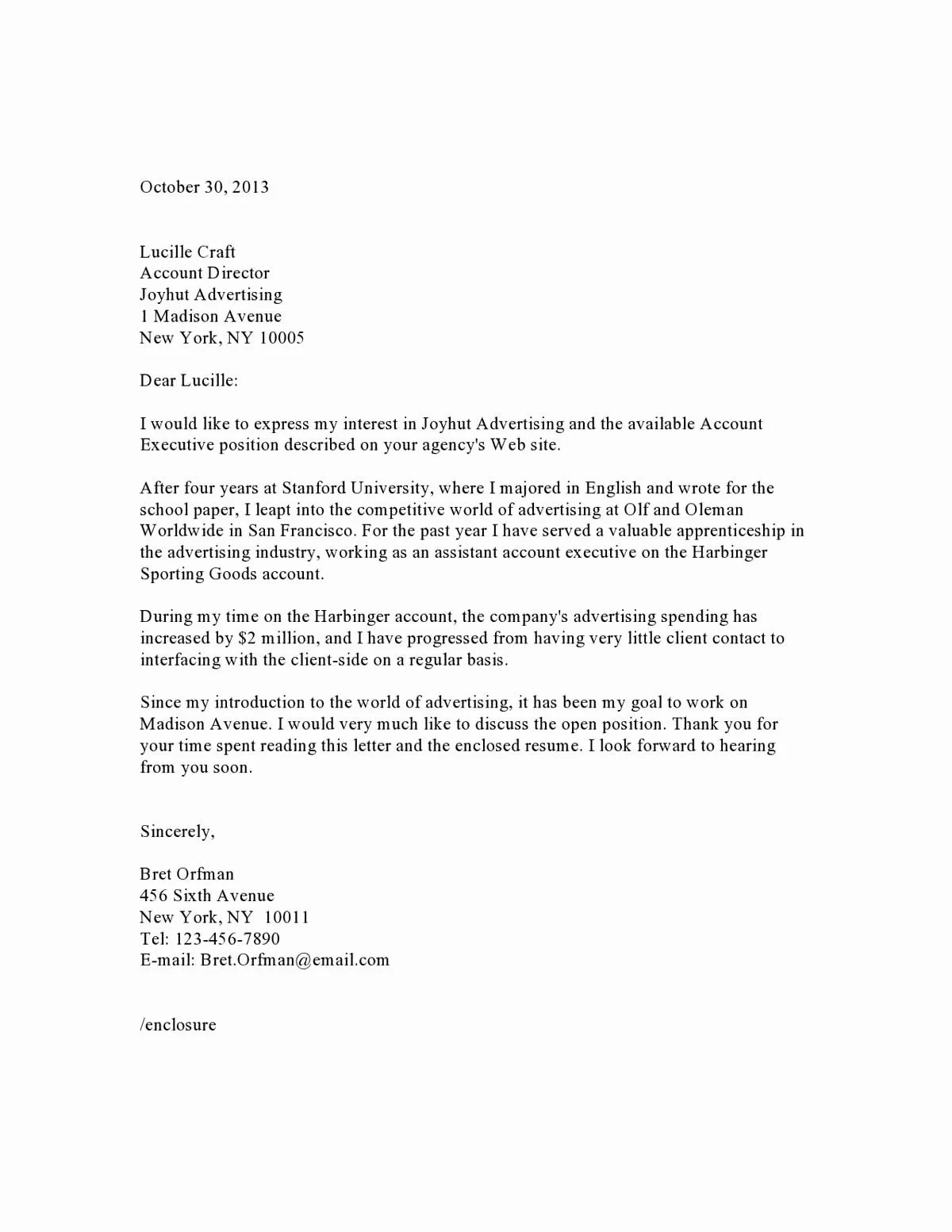
Avoid common mistakes that can hurt your chances of getting an interview. Don’t use generic templates without customizing them to the specific job and company. Steer clear of lengthy, rambling paragraphs; keep your writing concise and to the point. Avoid exaggerating your skills or experience; always be honest and truthful. Refrain from discussing salary expectations unless requested, and never include negative comments about past employers. Avoid typos, spelling errors, and grammatical mistakes. Make sure your cover letter is well-formatted and easy to read. By avoiding these common pitfalls, you can ensure that your cover letter is professional, compelling, and effective in showcasing your qualifications.
